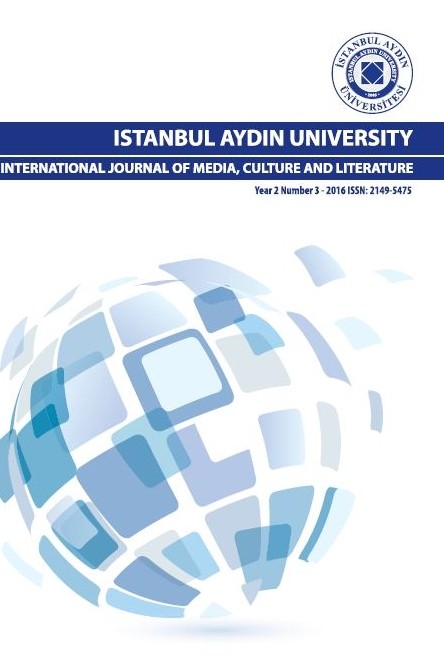Translingual Approach to Teaching Writing and Corrective Feedback
Translingual Approach to Teaching Writing and Corrective Feedback
Translingualism Feedback, Writing Pedagogies,
___
- Canagarajah, A. S. (2006). The Place of World Englishes in Composition: Pluralization Continued. College Composition and Communication, 586-619. Canagarajah, A. S. (2013).
- Negotiating Translingual Literacy: An Enactment. Research in the Teaching of English, 48(1), 40-67. Fu, 2009, Writing Between Languages: How English Language Learners Make the Transition to Fluency, Grades 4-12. Horner, B., Lu, M.-Z., Royster, J. J., & Trimbur, J. (2011).
- Language Difference in Writing: Toward a Translingual Approach. College English, 73(3), 303-321. February 2018 tarihinde alındı Jain, R. (2014).
- Global Englishes, Translinguistic Identities, and Translingual Practices in a Community College ESL Classroom: A Practitioner Research Reports. TESOL Journal, 490-518. Kachru, B. B. (1985).
- Standards, codification, and sociolinguistic realism: The English language in the outer circle. R. Quirk, & H. G. Widdowson (Dü) içinde, English in the World: Teaching and Learning the language and the literature (s. 11-30). Cambridge: Cambridge University Press. Kellman, S. G. (1996).
- J. M. Coetzee and Samuel Beckett: The Translingual Link. Comparative Literature Studies, 33(2), 161-172. Kubotaa, R., & Lehnerb, A. (2004).
- Toward critical contrastive rhetoric. Journal of Second Language Writing, 13, 7-27. Pavlenko, A., & Lantolf, J. P. (2000).
- Second language learning as participation and the (re)construction of selves. In Sociocultural Theory and Second Language Learning. Oxford: Oxford University Press. 155177
- ISSN: 2149-5475
- Başlangıç: 2015
- Yayıncı: İstanbul Aydın Üniversitesi
Primary Symbols in Keats’ “La Belle Dame sans Merci”
The Importance of Placing Digital Media in Education
The Enchantment of Goblin Market
Fulya ŞİRKET, Gillian Mary Elizabeth ALBAN
Angela Carter’s Deconstruction of Traditional Tales
Translingual Approach to Teaching Writing and Corrective Feedback
